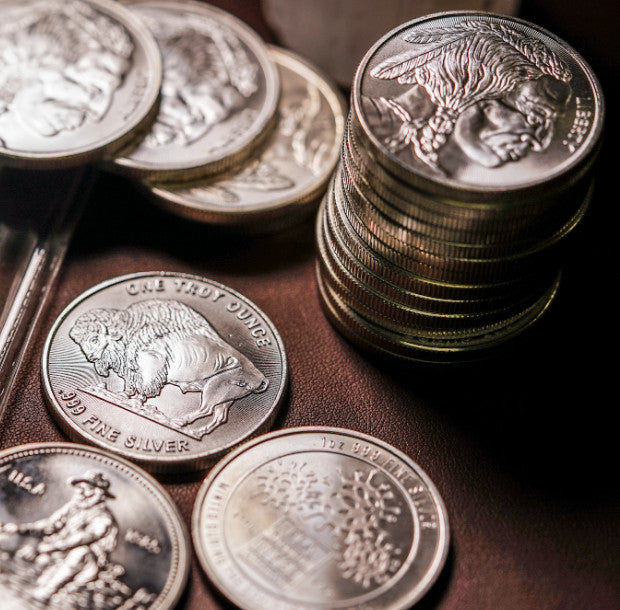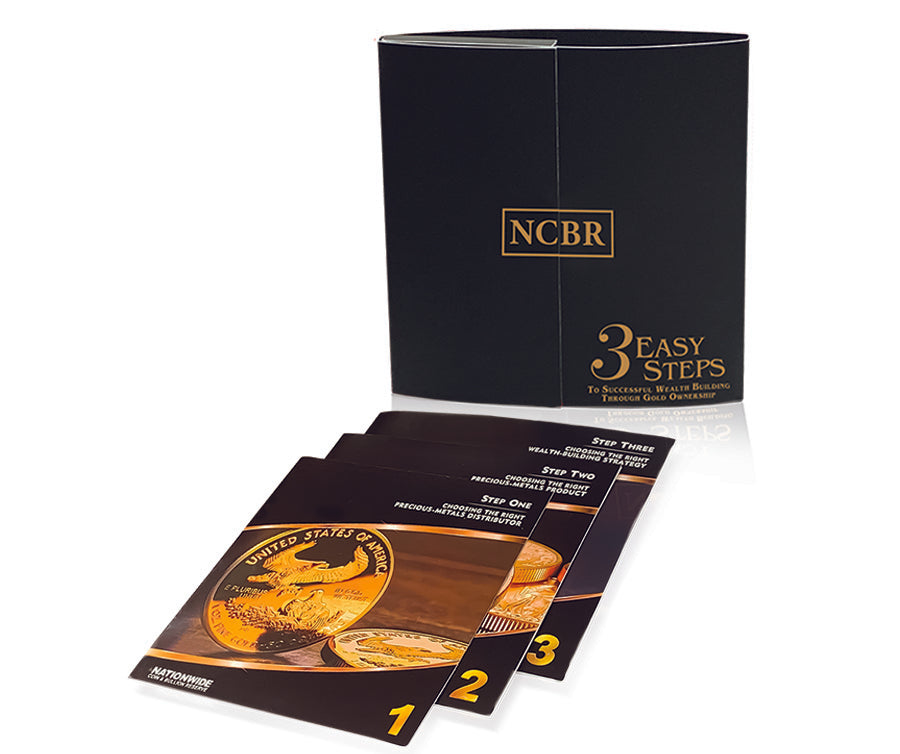From phones to jewelry to portfolios, the value of gold comes from both utility and demand. But what is it that makes gold so valuable? Keep reading to find out!
WHAT ARE THE INTRINSIC BENEFITS OF GOLD?
Gold’s main intrinsic benefit comes from the fact that it works so well as a means of exchange. It’s durable, it can be portioned out and combined easily, it is anti-counterfeit, it is consistent (one ounce of gold is the same as any other), it is easily portable, and it’s fairly scarce.
Throughout the years, for the reasons stated, gold and other precious metals have shown that they make the most effective form of money. It’s clear that this is the primary source of gold’s intrinsic value.
WHY IS THERE A DEMAND FOR ITS USE-VALUES?
Of course, gold does more than simply function as an exchange medium. What makes gold valuable is that it is extremely appealing to the eye, so its aesthetic function as jewelry continues to be highly important. Gold is quite easy to work with; it doesn’t tarnish, plays well with other metals, and, of course, features a brilliant color and tone that is simply dazzling to the human eye. It can also be hammered into delicate sheets and cast into unique, superbly detailed shapes, ideal for its application in the jewelry industry.
But it’s not just ornamental; gold also has investment value, attested to by our variety of gold coins, and has industrial applications as well. A little bit of gold is used in all kinds of electronic devices, from cell phones and calculators to GPS units, TVs, and computers. Then there’s dentistry (gold fillings) and other medical applications, such as within certain surgical instruments and even as a part of some medical procedures.
Gold also has a cosmic use! That is to say, gold can be found in space transportation launched by NASA within the circuitry because it is a highly dependable connector and conductor. Gold also has an interesting function as a lubricant in space; on Earth, organic lubricants would ordinarily be used, but in space, the intense radiation outside the atmosphere will destroy them. Enter gold, which has a low shear strength and can function as lubrication between moving mechanical parts.
WHAT MAKES GOLD VALUABLE IN THE LONG-TERM?
Despite the fact that the gold standard was abandoned in the 1930s and Nixon ended international convertibility in 1971, the value of gold has continued to rise. A key thing to remember about gold is that long-term, its price has trended upward. With the ability to freely trade gold, its value only continued to climb.
GOLD BY THE NUMBERS
The value of gold becomes particularly clear when analyzing specific lengths of time. For example, according to Investopedia, over a 45-year period, gold has outperformed stocks and bonds; over a 30-year period, stocks and bonds outperform it; and over a 15-year period, gold outperforms stocks and bonds. In the long term, gold pans out.
Some more fast facts from Investopedia: with the price of gold set at $35 by Nixon back in ‘71 and the price of $1,333 per ounce as of last February, one can deduce a price appreciation of approximately 3,500%. By comparison, since 1971, the Dow Jones Industrial Average has appreciated in value by over 1,800% and the Fidelity Investment Grade Bond Fund returned over 2,100%.
Another important statistic is that in 1978, gold averaged $193 per ounce; with 290 ounces, you could buy yourself a brand new home. With gold’s current price of $1333, you only need 225 ounces to purchase a new house. Think of the things you could buy with the extra 65 ounces! By this measure, not only does gold spectacularly hold its value, but it also gives your purchasing power a hefty boost.
IS IT TIME TO INVEST IN GOLD?
All signs point to yes! Gold’s great purpose is to store value. In addition to that, it makes for excellent insurance against a fluctuating economy; if the stock market goes down, gold tends to go up. No matter what’s going on in the world politically or socially, you can always count on gold. Trust what makes gold valuable and diversify your portfolio today.
Real Time Precious Metals Data Below







